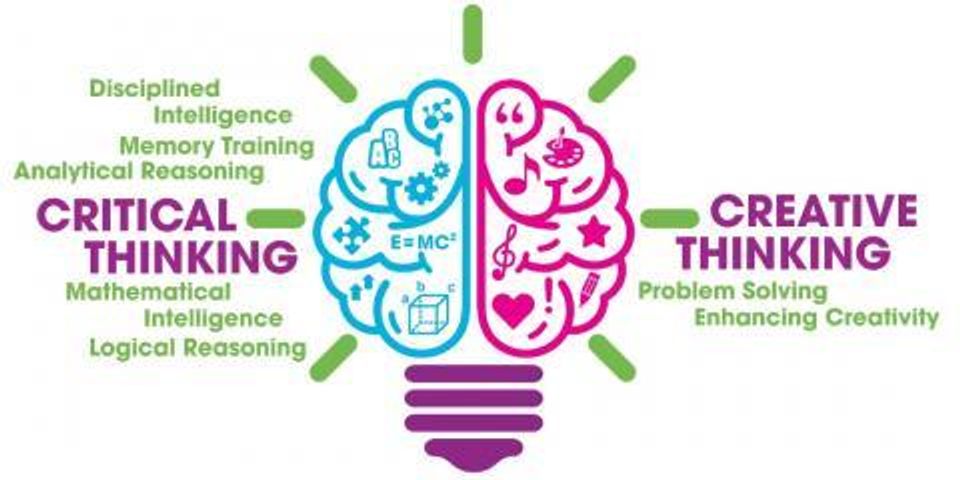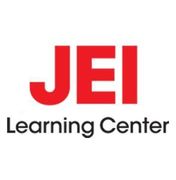
City's number fell by more than half
By Oliver Morrison
Tasnov Hossain, a 10th grader at Hillcrest High School here in the city's Queens borough, recently wandered into the library and did something unusual: She scanned the shelves for a book.
In fact, although more than 70 students were in the library, fewer than 10 checked out a book that hour.
Except for a few chess players and students doing homework, most stared into the recently renovated library's nearly 50 computers, checking their grades, typing essays, and cramming for quizzes.
Despite the lack of book-related activity, Hillcrest is one of fewer and fewer schools in New York City that both have a school library and enough librarians to staff it. In a nation where traditional school libraries are shrinking in number or morphing into computer labs or digital media centers, the declines in library services in New York City's public schools are more precipitous than most, experts say.
The number of school libraries in the city has plummeted—from nearly 1,500 in 2005 to fewer than 700 in 2014; the biggest drops have come in the past three years, according to the New York state education department. The libraries that do exist are so severely understaffed that the state education department in 2013 ordered the city to hire more librarians.
"[The city] department of education is failing our students when it comes to library services," said Robert Jackson, the chairman of the City Council's education committee at the time. "It is totally unacceptable."
More than a year and a half later, the school district still doesn't have a plan to reverse the trend, said Richard L. Hasenyager, its director of library services.
A 1974 state law requires middle and high schools to hire librarians in direct proportion to the size of their schools. (Elementary schools are excluded.) To comply, the district would have to double the number of librarians—a potential cost of $24 million to $30 million.
Small Schools, Charters
Part of the reason for the steep decline in school libraries is that the administration of former Mayor Michael R. Bloomberg increased the number of schools in the city from just over 1,200 in 2002 to more than 1,800 today through an initiative to create smaller, more nurturing school environments. As the large schools closed, many of the smaller ones that took their place didn't hire librarians and appropriated the old library spaces for other purposes.
—Jake Naughton for Education Week
Nationwide, the percentage of regular public schools with libraries has largely stayed at 84 percent since 2000, according to data from the National Center for Education Statistics. But that percentage fell to 82.5 percent in 2012—the most recent year for which data are available—because so many charter schools had been created and fewer than half of them have a library.
Public charter schools are not required to meet the same certification requirements as regular public schools, and they frequently have fewer students. Only 65 percent of all public schools with fewer than 200 students had a library in 2013, compared with more than 96 percent of those with more than 500 students, according to the NCES.
On the other hand, while the total number of library staff members has decreased nationwide, the number of certified librarians on staff has risen since 2000, from about 63,000 to 72,000 in 2012. But school librarians' ranks have fallen in New York City, which now has an average of fewer than one librarian for every 3,400 students.
'Darker Picture'
The national outlook didn't turn out to be as bad as many naysayers had predicted when schools adopted new research technology, said Barbara K. Stripling, a former director of libraries for New York City schools and the president of the American Association of School Libraries in 1997.
But the recent declines in New York City, California, Philadelphia, and other large school systems have made her less optimistic.
"If I were speaking publicly today, I would portray a much darker picture," Ms. Stripling said.
On many campuses in New York, library space sits unused. That was the case for more than a decade at the John F. Kennedy Jr. High School in the Bronx borough, said Julia K. Chun, one of seven principals on the John F. Kennedy Educational Campus now.
Before the library was renovated two years ago, "you could go in there and you just saw stacks and stacks of encyclopedias from the 1970s," she said.
At the Martin Luther King Jr. Educational Campus in Manhattan, where the library was unstaffed for seven years, books disappeared and the space deteriorated, said Teresa L. Tartaglione, who was recently hired as the librarian.
While state law mandates one librarian for every 1,000 students, Ms. Tartaglione is the sole library staff member on a seven-school campus with more than 3,000 students.
Role of Testing, Internet
Also, "the increasing emphasis on testing is lessening the amount of research and independent work that students are doing," said Ms. Stripling, now an assistant professor of practice at the school of information studies at Syracuse University.
Advocates such as Ms. Stripling and Ms. Tartaglione say that the modern school library has, in the minds of some principals, become just one among many gateways to the Internet.
"There are so many people that say things like, 'Oh, we don't need libraries anymore since we have Google,' " Ms. Tartaglione said.
Some New York librarians hope that the inclusion of research standards in the Common Core State Standards will make librarians relevant again as principals look for someone to teach research methods.
To adapt to shifting demands, some school libraries, such as Hillcrest's library in Queens, have taken on several other core school functions, advocates said. They have become the main classroom that teaches electronic research, an open space to practice the kind of group work that the modern economy values, and a means to bridge the electronic divide for students who don't have technology at home.
Principal Choice
But libraries vie for limited resources. The principals at the John F. Kennedy campus decided a couple of years ago to spend around $2 million to renovate their library.
"We could've renovated the auditorium, we could've renovated the science lab, we could've redone the track and football field," said Ms. Chun, the principal of New Visions Charter High School for Advanced Math and Science. "But our kids don't really have anywhere to go sometimes to do their homework."
Ms. Chun thinks it's important for principals to have a choice rather than being forced to hire a specific number of librarians.
"If now I have to hire a librarian, and I have got to cut a special educator," she said, "that's not going to feel good, because then I feel like I'm not doing right by my kids."
Among the city's charter schools, 94 percent of the librarian positions were listed as vacant on the city's website in January. That compares with 57 percent of the regular public schools.
Some charters purposely choose alternatives to libraries. The Success Academy Charter Schools, which have some of the highest test scores in the district, opted to fill each classroom with hundreds of books rather than put thousands in a central library.
The network's leaders want to infuse the schools with a culture in which books are everywhere, not just in a single room, said Sarah Yu, its director of children's literature.
One recent day, five students from Emily E. Rezin's 3rd grade class at Success Academy Bronx 1 energetically rifled through plastic book bins. Because Ms. Rezin knows her students better than a school librarian would, she can recommend books based on their interests and reading level. But there are limitations to the classroom library. At one point, Ms. Rezin recommends an animal book to Jazell McFarlan, but he said he's already read it.
"This looks like one you might like," Ms. Rezin said.
"I read that, too," Jazell said.
"You read this already?" Ms. Rezin asked.
"Last year," Jazell said.
Mr. Hasenyager, the district's library-services director, said he is working to hire more librarians but there aren't enough qualified applicants.
Attracting librarians to urban areas is a problem most large cities face, said Ann C. Weeks, the former director of Chicago's public school libraries.
Another challenge is measuring and defining the problem. New York City school officials, for example, didn't collect information on how many libraries or librarians there were in the district before 2012, the city said in a response to a Freedom of Information Act request.
"Even if you have a space that's called a library," Ms. Weeks said, "if you don't have a person qualified to run that space, you probably have a storeroom."
About the Business
Have a question? Ask the experts!
Send your question

